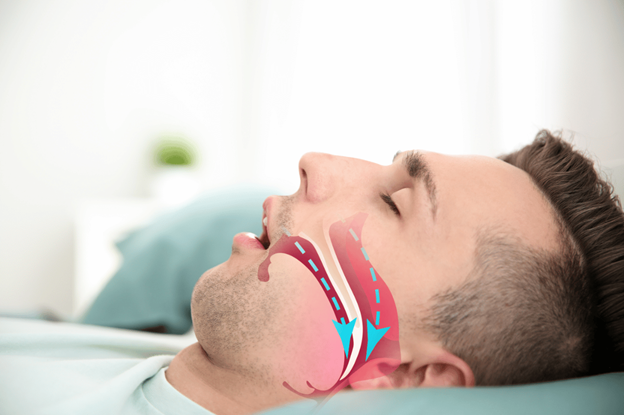
Obstructive sleep apnea (OSA) is a serious sleep disorder that affects millions worldwide. It occurs when the airway becomes repeatedly blocked during sleep, causing breathing to stop and start. This can lead to loud snoring, gasping for air, poor sleep quality, and a host of other health issues like high blood pressure and heart disease. While CPAP machines and oral appliances are common treatments, a recent systematic review and meta-analysis explores the potential of myofunctional therapy as an alternative or adjunctive approach.
What is Myofunctional Therapy?
Myofunctional therapy (MT) is a type of orofacial myology that utilizes isotonic and isometric exercises to target and strengthen the oral and oropharyngeal muscles involved in swallowing, breathing, and speech. These exercises aim to improve muscle tone and coordination in areas like the lips, tongue, soft palate, and lateral pharyngeal walls. Better muscle function in these regions may help keep the upper airway open during sleep.
The Systematic Review
Published in 2015 in the journal SLEEP, this systematic review by Camacho et al. compiled data from nine adult studies with 120 total patients and two pediatric studies with 25 patients. All studies evaluated MT as an isolated treatment for OSA and reported polysomnographic data like the apnea-hypopnea index (AHI), oxygen saturation levels, snoring, and sleepiness scales before and after therapy.
Key Findings:
- In adults, MT decreased the AHI by approximately 50% on average (from 24.5 to 12.3 events/hour)
- In children, MT decreased the AHI by about 62% (from 4.87 to 1.84 events/hour)
- Lowest oxygen saturation levels improved by around 3-4% in adults
- Snoring was reduced by 72% based on sleep study data
- Subjective snoring intensity and frequency also decreased significantly
- Daytime sleepiness scores on the Epworth scale dropped from 14.8 to 8.2 in adults
The authors concluded that current evidence demonstrates MT can provide clinically meaningful improvements in OSA severity, oxygen levels, snoring, and sleepiness, especially in adults. They suggest MT may serve as an effective adjunct therapy to other OSA treatments like CPAP.
Potential Mechanisms
While the exact mechanisms are still being explored, it’s theorized that the oropharyngeal exercises in MT can improve muscle tone and coordination in areas that control airway patency during sleep. Better muscle function may prevent excess airway collapse. The tongue exercises could also potentially reduce fat deposition and increase overall airway volume.
Despite the positive findings, the authors note some limitations like small sample sizes, lack of long-term follow-up data past 6 months, and unclear understanding of which specific exercises provided the most benefit. However, MT appears to be a promising, non-invasive option for managing OSA symptoms, either alone or combined with other therapies.
Take the First Step with the Center for Orofacial Myology
The Center for Orofacial Myology is dedicated to providing top-quality myofunctional therapy services. Our team of experienced orofacial myologists are experts in designing personalized exercise programs to strengthen the oral and facial muscles for better airway patency during sleep.
If you’re interested in learning more about how myofunctional therapy could help treat your sleep apnea, we encourage you to schedule a free consultation. We offer comprehensive sleep evaluations to determine if myofunctional therapy is right for you.
Don’t let sleep apnea continue disrupting your sleep and health. Take control today by calling the Center for Orofacial Myology at (208) 793-7006 or visiting us online at www.centerfororofacialmyology.com. Our myofunctional therapy programs could be the solution you need for quieter, more restorative sleep.